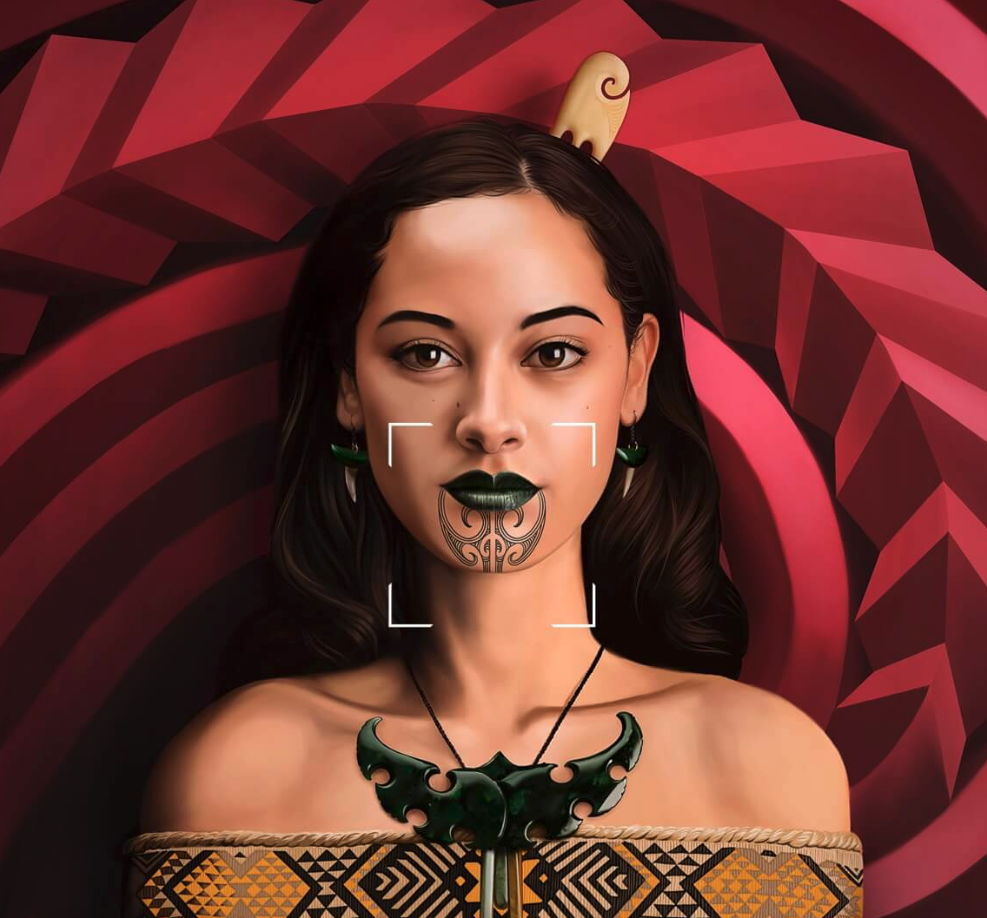In light of Māori Language Week, here’s three apps helping revive te reo Māori

Since the arrival of Pākehā, Māori language has suffered from the throes of colonisation. The indigenous language has spent many years suppressed in schools and communities, with reports from the 1980s of Māori being punished for speaking te reo in public. This week marks Māori language week, a chance to pause and draw from our fractured past, and look towards tomorrow. Although technology has largely promoted English as the dominant global language, it has also helped strengthen indigenous languages. We shed light on a few examples where technology has helped revive te reo Māori and are sure to make Don Brash wheeze.
Kupu:
Kupu is a muscular example of how technology can be used to revive our indigenous language. Created in collaboration between Spark, AUT, Te Aka Māori Dictionary, Google and designed by Colenso BBDO, Kupu, the picture-taking app uses Google’s machine learning software to show people the Māori words for the objects around them. The app is available free via the Apple and Android app stores.
Users take a photo, and the app translate a list of Māori words that identify the objects in the image. Since its launch in September of last year, it has basked in success. The New Zealand Herald reported, the app has been downloaded 177,000 thousand times since its launch this time last year, with 2.7m images translated and 5 million word pronunciations played. It has won national recognition with the 2018 Supreme Māori Language Award and won best educational design of 2019, in the Fast Company innovation by design awards.

In cohesion with Māori language week – along with the government announcement to make New Zealand history compulsory in all schools and kura – Spark has now released Kupu 2.0 to support te reo in the classroom. To do so, it provides an optimised version for tablets and browsers and includes optional push notifications to prompt you to learn new words through the day.
Spark’s Māori Strategy Lead, Lisa Paraku says the launch of a desktop and tablet friendly version comes off the back of overwhelming requests from teachers nationwide who have been wanting to use the app across a broad range of devices within schools.
“The enhancements mean more teachers will be able to use Kupu as an educational tool and readily incorporate Te Reo Māori learning into their lessons with the use of smart technology – something we know our tamariki have embraced.”
ReoBot:

Reobot uses artificial intelligence to help people converse in te reo everyday. It is readily available via Facebook Messenger, enabling users to chat with and practice te reo Māori 24/7.
The app works by encouraging the user to interact and respond in te reo Māori through a series of short conversational chats. Questions such as “would you like a coffee?” and “how are you?” or “how is the weather?” guide the user through a short conversation that is conveyed in both te reo Māori and English.
Its creator, Jason Lovell, previously told Idealog: “When I was learning te reo Māori, I would seek out opportunities to practice but when you have a family, a job, this becomes difficult,” he said. “ReoBot is designed to allow people to practice everyday conversational te reo Māori in their own time at their own pace; on the way to work, at home, or whenever they can spare five minutes.”
Yesterday it announced it has partnered with conversational artificial intelligence (CAI) company, Ambit, to enable te reo capability built on the Ambit platform.
The partnership with Reobot gives Ambit the opportunity to host te reo conversational services for their clients, including translation and conversation design.
The overarching goal for Reobot is to support more people in using te reo Māori everyday. “Te reo Māori is an everyday language; it’s not just for formal occasions.” Lovell said.
Drops:

Crowned Google Play’s ‘Best App of 2018’, Drops, became the first major multi-language app to add te reo Māori to its linguistic portfolio.
The app is comprised into categories such as food, objects, transportation, and others, where you swipe an image to match a corresponding word on screen. These visual mnemonics help users learn, and remember new words and phrases easily.
The app is available on iOS and Android, narrated by Māori broadcaster, Te Aniwa Hurihanganui, whose voiceovers can be heard throughout the app.
Hurihanganui states, “Alternate learning platforms like Drops not only give New Zealanders the chance to learn our native tongue; they bring our beautiful language to people across the world.”

Earlier this year, its co-founder, Daniel Farkas, told Idealog: “Helping to preserve and promote smaller languages around the world is a cause very close to my heart, so it’s been exciting to see New Zealand’s genuine interest in the revitalisation of te reo Māori.
“Te reo Māori has a rich history, with words and phrases uniquely tied to the values embedded in their culture. We worked with native translators to create a seamless experience for learners of all ages and all levels — from parents who grew up speaking Māori, Kiwis starting their learning journey, through to international tourists interested in New Zealand’s unique and magnificent language.”

These language app enter the market amid a strong and refreshing period for te reo Māori in Aotearoa. Despite 2013 census data showing a gradual decline in speakers of New Zealand’s native language, te reo classes across the country have been widely-reported as being booked out.
As NZ History puts it, “there is a resurgence of te reo, but to remain viable as a language, Māori needs a critical mass of fluent speakers of all ages, and it needs the respect and support of the wider English-speaking and multi-ethnic New Zealand community”.




